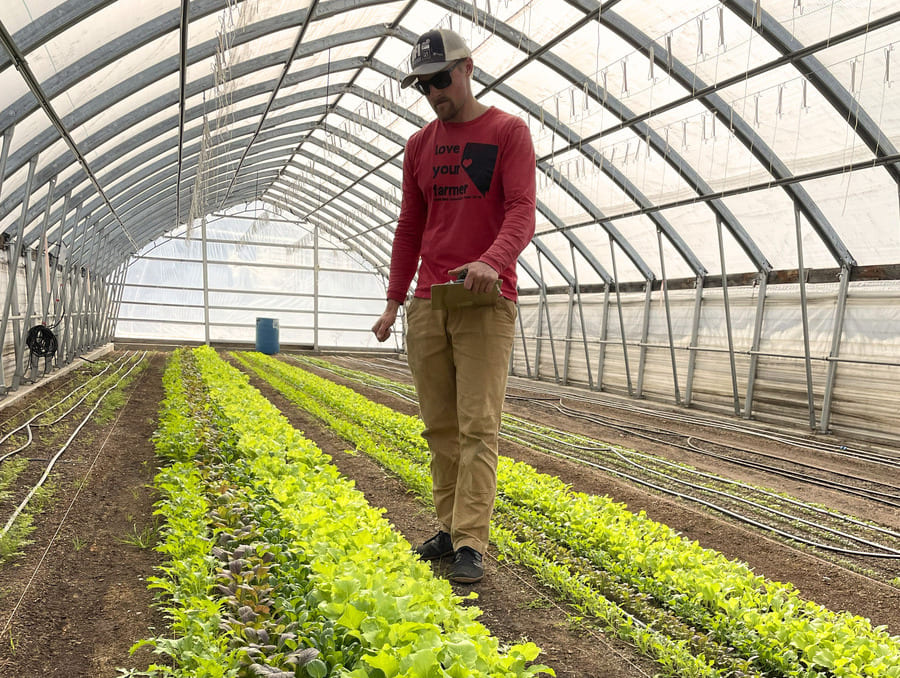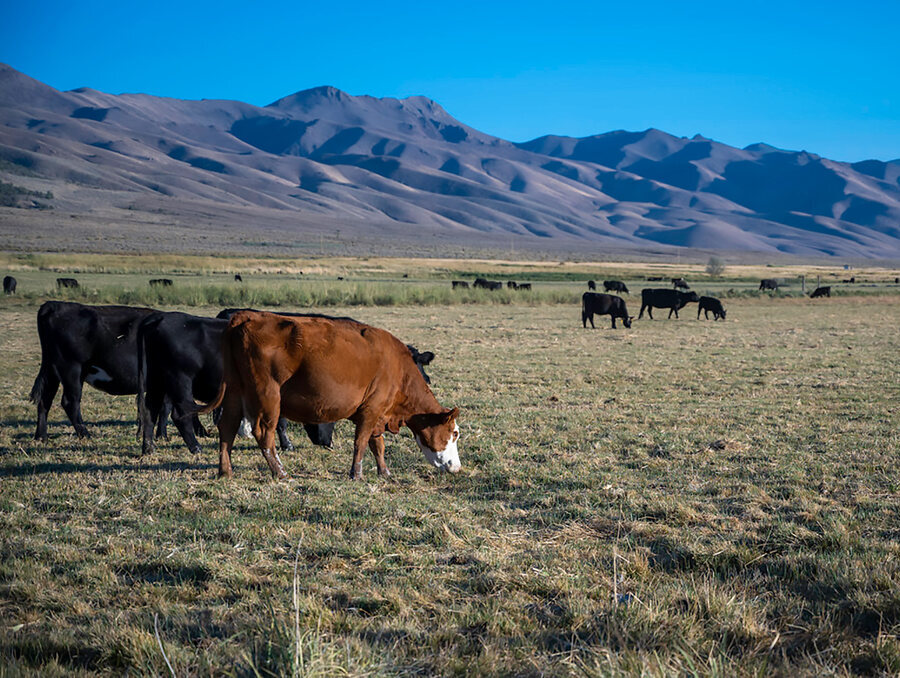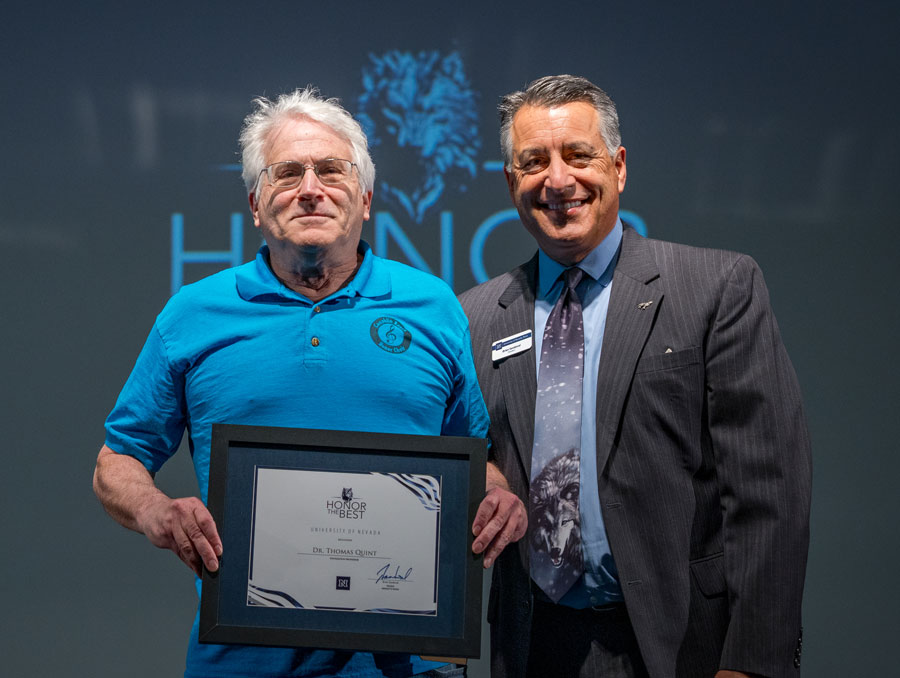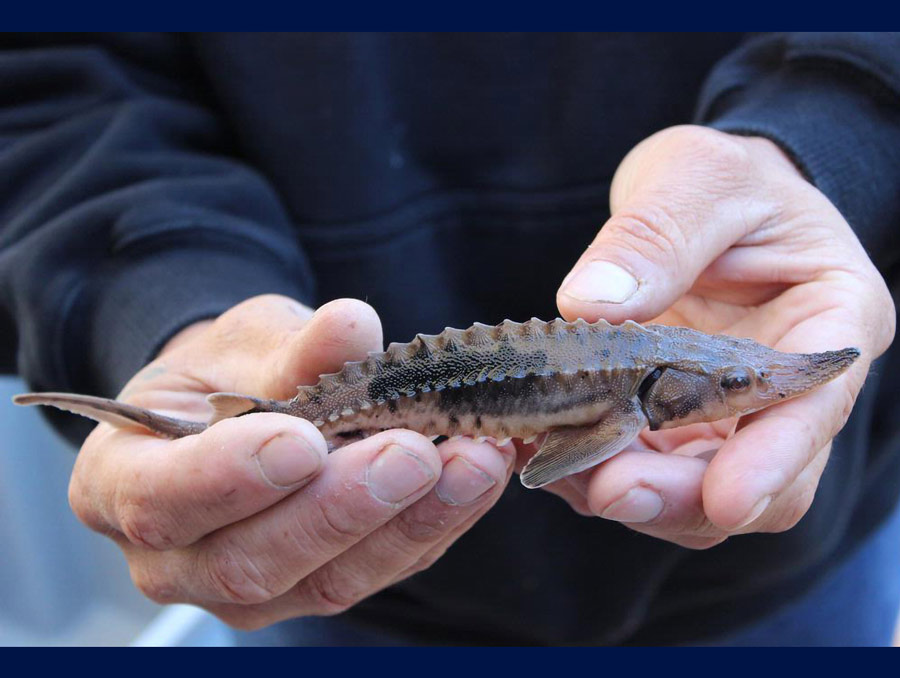As the University celebrates its 150 years of education, research and service in our state, the College of Agriculture, Biotechnology & Natural Resources, as one of the first Colleges on campus, takes this opportunity to celebrate some of the state’s pioneers in agriculture and ranching.
Here, we present the story of Molly Flagg Knudtsen, who, as you’ll read, never listened when people told her something or somewhere was “no place for a woman.” She didn’t let being a woman stop her from pursuing her passion for horses and ranching in the 1940s. She also didn’t let being a woman stop her from becoming one of our state’s Regents back in 1960. And as a Regent, she was instrumental in expanding the University’s College of Agriculture, which, in 1973, honored her as its Outstanding Agriculturist of the Year. The same year, Molly gave the University’s commencement address.
We think it’s only fitting we share the rest of Molly’s story here, as we celebrate our University’s history, and the people that made it, and our State, such a special place. Thanks to Lesley R. Morris, associate professor of Agriculture, Veterinary & Rangeland Sciences, for sharing Molly’s story with us:
“There is an American tradition, particularly cherished in the West, of a woman as a frail, fluttery flower, so dependent as to verge on imbecility.” – Molly Flagg Knudtsen (1985).
Molly Flagg grew up in a wealthy East Coast family, went to Miss Spaulding’s finishing school, was presented as a young lady in English Court in 1933, married in 1937, spent time travelling Europe and training to ride horses, received a diploma from the Royal Institute of Horse in London and even dined on occasion with the abdicated Duke of Windsor and his wife. A cattle ranch in the middle of Nevada was no place for a woman of her breeding. And yet, after visiting Reno to take advantage of the state’s quicky divorce laws, that is exactly where she found her place.

Molly married again in 1942, sharing an interest and talent for training racehorses with her second husband who owned the Grass Valley Ranch. She rode horseback across every slope, up every canyon and throughout every mile of Grass Valley. Often alone, originally on side saddle, and certainly no place for a woman, she took off riding across the sagebrush hills of central Nevada. One day, a very special wild colt, named Toomi, changed her mind about riding side saddle. Though gentle, the horses shape made her side saddle swing back and forth in a “sickening way.” The solution was to try a western saddle and, once she adapted, she never went back.
Molly loved living in central Nevada, even as remote and rugged as it was. She studied everything about her new home state, read its history and listened intently to the stories of the families in surrounding ranches. Thanks to her, there are now two books full of these priceless stories about the homesteaders and ranch owners in central Nevada.
In 1960, Molly decided to run for a seat on the Nevada System of Higher Education Board of Regents. Her friends told her not to; they warned there was no place for a woman on the historically all-male board. She won be a landslide. While Regent, she was instrumental in expanding the College of Agriculture and establishing both the University of Nevada Press and the Department of Anthropology, where she earned an honorary doctorate. In 1973, she was honored by the College as the Outstanding Agriculturist of the Year.
“Running that kind of an outfit is no job for a woman.” – Quote from a friend to Molly Flagg Knudtsen (1985)
“You don’t look like a _____.” How many times do women still hear this today? Molly Flagg Knudtsen probably heard, “You don’t look like a rancher.” Of course, it did not matter to Molly that people might think running a ranch was no place for a woman. In 1969, she bought the Grass Valley Ranch from her ex-husband and expanded it to 9,000 acres.
Though horses were always her first love, she grew fond of breeding cows on the Grass Valley Ranch. The University sold off its heard of purebred Herefords during the Great Depression to area ranches, and her ex-husband had purchased some cows from the University. She worked proudly on that herd, branding and doctoring them herself, even sneaking away from a Regents meeting in 1971 to buy a bull at the first Nugget Bull Sale in Sparks and slipping back in before anyone noticed she was gone. Proudly, she sold some of her purebred Herefords back to the University in 1974.
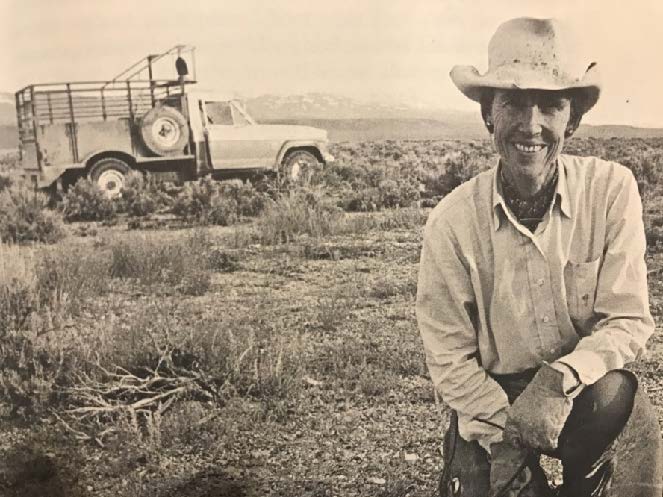
“None of these girls bear any resemblance to the long-suffering ladies in the Ace Reid cartoons, whose only function in life is to open gates for their husbands to drive through. But then fiction has a way of lagging behind fact.” – Molly Flagg Knudtsen (1985)
Molly was no “frail, fluttery flower.” However, in 1987, she was thrown from her horse while chasing a calf and was badly injured because the horse fell on top of her. This injury forced her to move to Reno and manage the Grass Valley Ranch from a distance until she sold it in 1995. She continued to work on her Nevada research, writing and public service until she died in 2001.

As someone who spent most of her life where there was no place for a woman, she was often acutely aware of how these beliefs generate limitations. When she gave the commencement address in 1973, she recalled never mentioning ranching. Yet, every letter and call she received afterwards was about how women could become more involved in running a cattle operation.
She made sure to include a chapter on “The changing role of women on ranches” in her 1985 book, “Here is Our Valley.” By highlighting the work of other women in agriculture and ranching, Molly opened the ranch gates for more females to follow. Passions that may have once been considered no place for a woman are now pursued through teaching and research in the College’s namesake building, the Knudtsen Resource Center, located on the edge of the University’s main campus. And because of her perseverance no one can say, it is no place for a woman.
For more about Molly Flagg Knudtsen, visit the University’s Special Collections and make sure to look for her two books:
- Knudtsen, M.F. (1985) Here is our Valley. University of Nevada Press, Reno, NV.
- Knudtsen, M.F. (1982) Under the Mountain. University of Nevada Press, Reno, NV.
Claudene Wharton provided the introduction to this historical feature on Molly Flagg Knudtsen.


